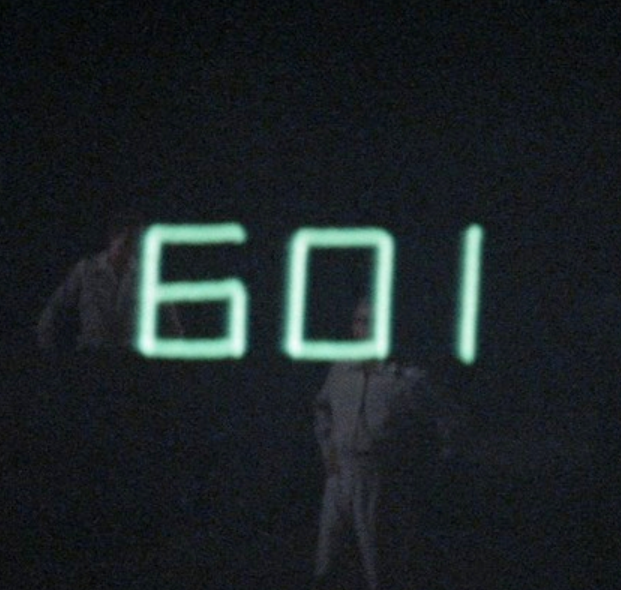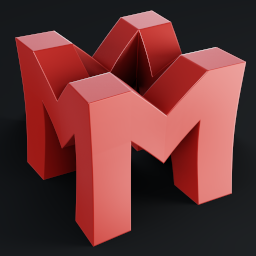
Agreed. The generic currency symbol (¤) would have been nice :)
TIL there’s a generic currency symbol
Assuming it was standard on keyboards, sure. The dollar sign isn’t universal but it is pretty widespread.
The $ symbol in PHP is accurate because every PHP developer I’ve met drives a lambo.
I’ll need to talk to my manager I guess.
Tbf I haven’t met you, so the rule doesn’t apply
I’m down to grab a coffee with you if I’ll get a lambo out of it. We’re all of course aware that correlation is causation.
I can’t guarantee that you won’t be the exception, but I’m always up for coffee!
Well, there‘s a proposal for a more british version :D
Lmao, I actually laughed out loud at this.
…gonna send this to my dad who is a php developer…
😄 hope he gets a good laugh out of it as well
Lol: Hello World! → Good morrow, fellow subjects of the Crown.
function main()→the royal procedure()
I lost it at the perchance otherwise statement!
The worst part is that I kind of like a lot of the alternatives.
Exchange rates are a bitch
For some reason the dollar symbol annoys me so much - I’m fine with underscore and asterisk, but I’ve never found a good flow with the dollar sign.
Just use
shift-4mateprobably true for ansi/english keyboards
for all/most (?) euro/iso keyboards altgr+4 for $. Shift+4 for ¤
Do people actually use non - english keyboards? All my computers that I ever owned used the standard US layout. If I want to type in my language, I switch layout and I’ve simply learned where the characters are. But 99% of the time, I’m using the US layout.
Fairly common to use en/us-layouts with highend mechanical keybards, as parts for those are more readily available.
But outside of the mech keebs or other niches, yea, people use the regional keyboard variants. Because it’s just easier if you can see the weirdo ümlâuts/etc regional characters on the keycaps when you’re not a touch typist. Over here (finland) it’s actually pretty hard to even get ansi/us layout keyboard unless you really go about your way and seek one out, basically all keyboards in stores are fin/swe iso layout. I’d assume the same is true to most euro countries.
I am using a Planck 40% mech keyboard I consider high-end (as in personal endgame) and my base layout is euro/iso, but I have a custom layer for programming related signs like the $-sign. This way I have a better experience than I would have with a US-layout.
Programmers using mainly US-layout is a false assumption. I have only 2 out of 10 colleagues using it.
oh wow. I have preonic, but I’ve more or less given up on learning to type with it. It’s way too narrow. I like the concept but a split ortho would be better, as I wouldn’t have to “hunch down” on it so much.
I could only make the switch to my custom layout on the Planck, because the small size of the keyboard makes it possible to use it everywhere.
I have 4 of them with identical layout. (: I cannot type on regular keyboards anymore. ^^
Maybe the Ergodox is for you: https://ergodox-ez.com/
I’ve grown up learning to type on my regional layout. Why would I go through the hassle of re-learning key placements when most laptops/keyboards sold in my country use the regional layout? I don’t think I’ve ever been in a situation where I’ve had to work on any other layout for more than a few minutes.
Windows: “I gotchu, fam.”
If you want the historical reason, you need to look at ASCII and its teletype forerunners. America, for better or worse, were the ones who laid down the bases for a lot of the standards we still use today. UTF-8 covers the gamut of Unicode, but its first 95 printable characters from 32 (space) onwards? Identical to 1967 ASCII.
And since ASCII ended up as the default, most programming languages only allowed symbols from those original 95.
In some really bad cases, in order to support keyboards with even fewer symbols, things like digraphs and trigraphs were kludged into some languages. (C, for example, is only just planning on getting rid of support for them this year.)
Those systems tended to be completely alien to ASCII or descended from the 6-bit teletype code where there are only 60-some usable characters. (Two character cases at the same time? Luxury! And what the heck is a curly brace?)
Now that UTF-8 is gaining a foothold, some languages are daring to use Unicode, so we might soon see more and more interesting characters being allowed in the base syntax of languages. (See Raku, for example. Or don’t. You may go blind.)
On the other hand, there’s APL, which has been doing its own thing with weird symbols since 1966 and giving not a bit of interest to ASCII or anything else.
deleted by creator










